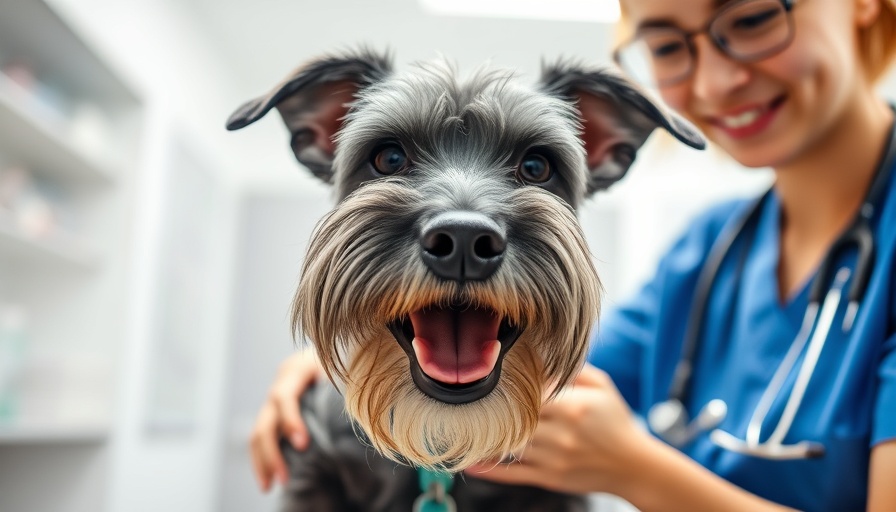
Are Crab Apples Safe for Our Furry Friends?
As pet owners, we often wonder about the safety of certain human foods for our furry companions. One common fruit that piques curiosity is the crab apple. While these small, tart apples are often seen decorating our yards and parks, the question remains: can dogs safely munch on them? Understanding the health implications of feeding our pets crab apples is vital for ensuring their well-being.
Potential Benefits of Crab Apples for Dogs
Crab apples, despite their sour taste, do have some nutritional benefits for dogs. They are low in calories and fat, making them a tempting snack for those pups looking to indulge without gaining weight. Rich in vitamins A and C, these fruits can aid in boosting your dog's immune system. Just like in humans, antioxidants found in fruits help fight off free radicals in dogs, promoting overall health.
Risks and Precautions
When it comes to crab apples, moderation is key. The seeds of crab apples contain cyanogenic compounds, which can be toxic if ingested in large quantities. Symptoms of poisoning in dogs can include difficulty breathing, vomiting, and lethargy. Always remove the seeds and stems before offering the fruit to your dog. Furthermore, crab apples can cause digestive upset in sensitive dogs, so it’s best to introduce them gradually and keep an eye out for adverse reactions.
Best Practices for Feeding Crab Apples
If you’re considering letting your dog try crab apples, it’s essential to understand the right way to incorporate this snack into their diet. Start with a small piece to see how your dog reacts, and always chop the fruit easily to digest. Always wash the apples thoroughly to remove pesticides, and ensure that they are grown organically when possible to avoid harmful chemicals.
Common Misconceptions About Feeding Fruits to Dogs
Many pet owners believe that all fruits are safe for dogs, which is a myth. While some fruits like bananas and blueberries are gentle on a dog's stomach, others like grapes and cherries can be harmful. Understanding which fruits pose risks and which ones provide benefits is crucial for any dog owner aiming to enrich their furry friend’s diet.
Conclusion: A Balanced Approach
Nothing warms a pet owner's heart like seeing their dog enjoy a new treat. While crab apples can be a healthy snack option, taking the necessary precautions is vital to the safety of our beloved pets. Make sure to introduce new foods thoughtfully and consult your veterinarian if you have any doubts.
Dog owners everywhere can share smiles knowing they are taking a responsible and rewarding approach to pet nutrition. So, as you venture out for a stroll and spot those lovely crab apple trees, remember to consider your pup's health and happiness while allowing them to explore new tastes!
 Add Row
Add Row  Add
Add 




Write A Comment